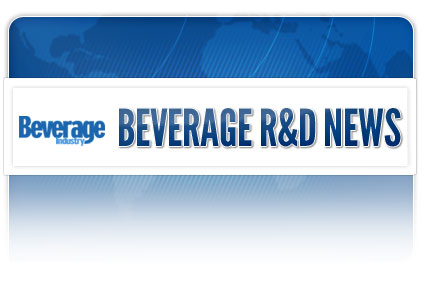Professionals in the science community gathered for the “New Developments in Carotenoid Research Conference,” which took place March 11 and 12 at Tufts University in Boston.
The conference, co-sponsored by Netherlands-based DSM Nutritional Products, focused on new research that elucidated the functions and mechanisms of carotenoids, such as beta-carotene, lutein, zeaxanthin and lycopene, in the body.
“The Carotenoid Conference at the Jean Mayer USDA Human Nutrition Research Center on Aging at Tufts University was a world-class event,” said Michael McBurney, head of scientific affairs with DSM Nutritional Products North America, in a statement. “We were extremely pleased that the American Society for Nutrition and NIH Office of Dietary Supplements supported the event and it attracted key industry leaders from the U.S., Europe, China and India.”
Scientists and science communicators were able to listen and interact with 20 international experts and authors of 19 papers that were presented during the two-day poster sessions that detailed science on carotenoids. Presenters during the conference also covered numerous topics, including fundamentals of beta-carotene metabolism and its appropriate daily requirements to vitamin A requirements and reduction of oxidative damage as well as the role lutein and zeaxanthin play in visual and cognitive performance.
“Dr. Elizabeth Johnson presented exciting new data linking lutein and zeaxanthin with cognitive function and provided evidence that macular pigment density may be used as a marker of brain levels of lutein and zeaxanthin,” McBurney said.
Bruno Leuenberger, corporate scientist nutrition formulation and application with DSM, presented about “Formulations to Enhance Bioavailability.” Leuenberger addressed the issue of carotenoid preparations’ bioavailability, particularly when carotenoids are administered for nutritional applications. By using high-end formulation technology, it is possible for carotenoid formulations to be in high-bioavailable forms without compromising stability and decomposition, Leuenberger stated.
In the presentation, he said that an underlying reason for good bioavailability is dispersion properties. For example, if the formulations are designed correctly, they will disperse in water, he said, and once dispersed in water, the formulations present carotenoid actives in the form of nano-particles that have high bioavailability.
An indication of bioavailability of a carotenoid formulation with nano-sized dispersion is orange coloration in water, Leuenberger said. This effect can be used for food and beverage colorations with carotenoids, he added.BI
Conference recognizes developments in carotenoids
